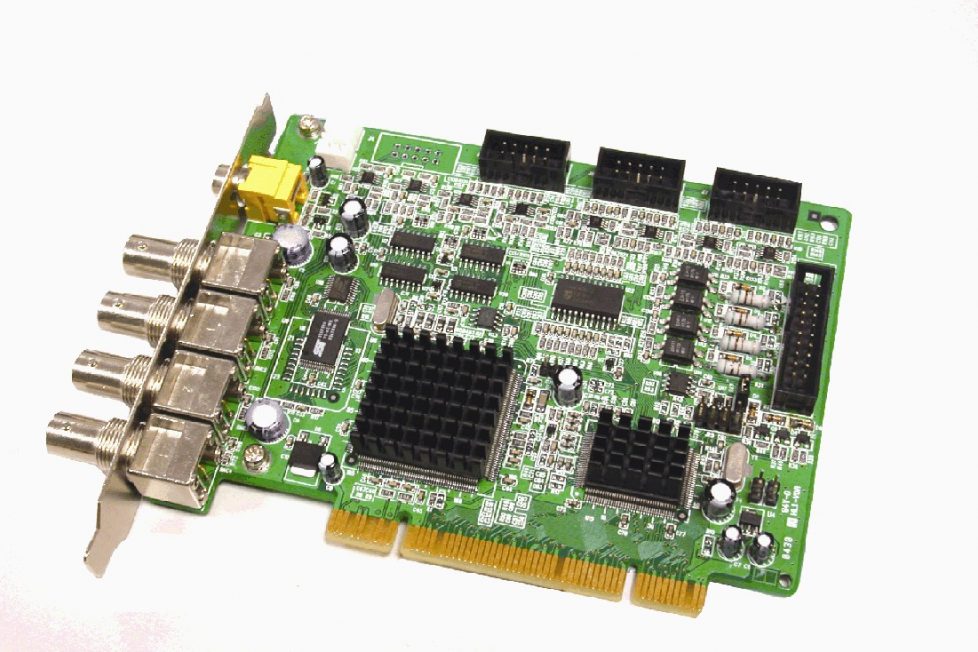DVR cards

A DVR card looks quite similar to the common computer video card in many PCs. However, when it comes to functioning, there are a lot of differences between them. DVR cards come with software that can be used to display and record information from multiple cameras at the same time. These are installed in computers to allow them to function as digital video recording (DVR) systems.
DVR cards are mostly used in surveillance systems to process the information received from a source such as a camera and pass it on to a storage device like a hard disk. In such a set up, there is more than one video out port. At these ports, the output from the security cameras is plugged in to the card. Once installed inside a computer, the card becomes active and is instantly recognized by the machine thanks to the accompanying software. Once properly installed, this card allows the user to digitally record signals on to his hard drive and then view it instantaneously.
Depending on need, you can also choose the quality of storage. DVR cards frames per second (fps) ranges are 30, 60,120,240 and 480. The fps also determines the time for which recording can be done. For a hard disk having 80 GB disk space, at 30 fps one can record for 320 hours. Similarly, at 120 fps, for an 80 GB hard disk drive, one can record for up to 80 hours. If you have a 960 GB hard disk, you can record for a whopping 3840 hours at the rate of 80 fps, which translates into 160 days or nearly 5 months.
Only a limited number of cameras are supported by the old DVR cards (launched nearly two years ago). If more cameras were needed, more cards had to be installed. This led to an increase in the workload of the computer that was unable to meet the memory demand and resulted in a system crash. Modern cards come with enhanced inbuilt processing power that reduces the burden on the computer.
With unmatched features, DVR cards have come to symbolize a much needed technology intervention in the field of surveillance and monitoring. In the coming years, with advanced features, DVR cards will completely replace its conventional rival.
